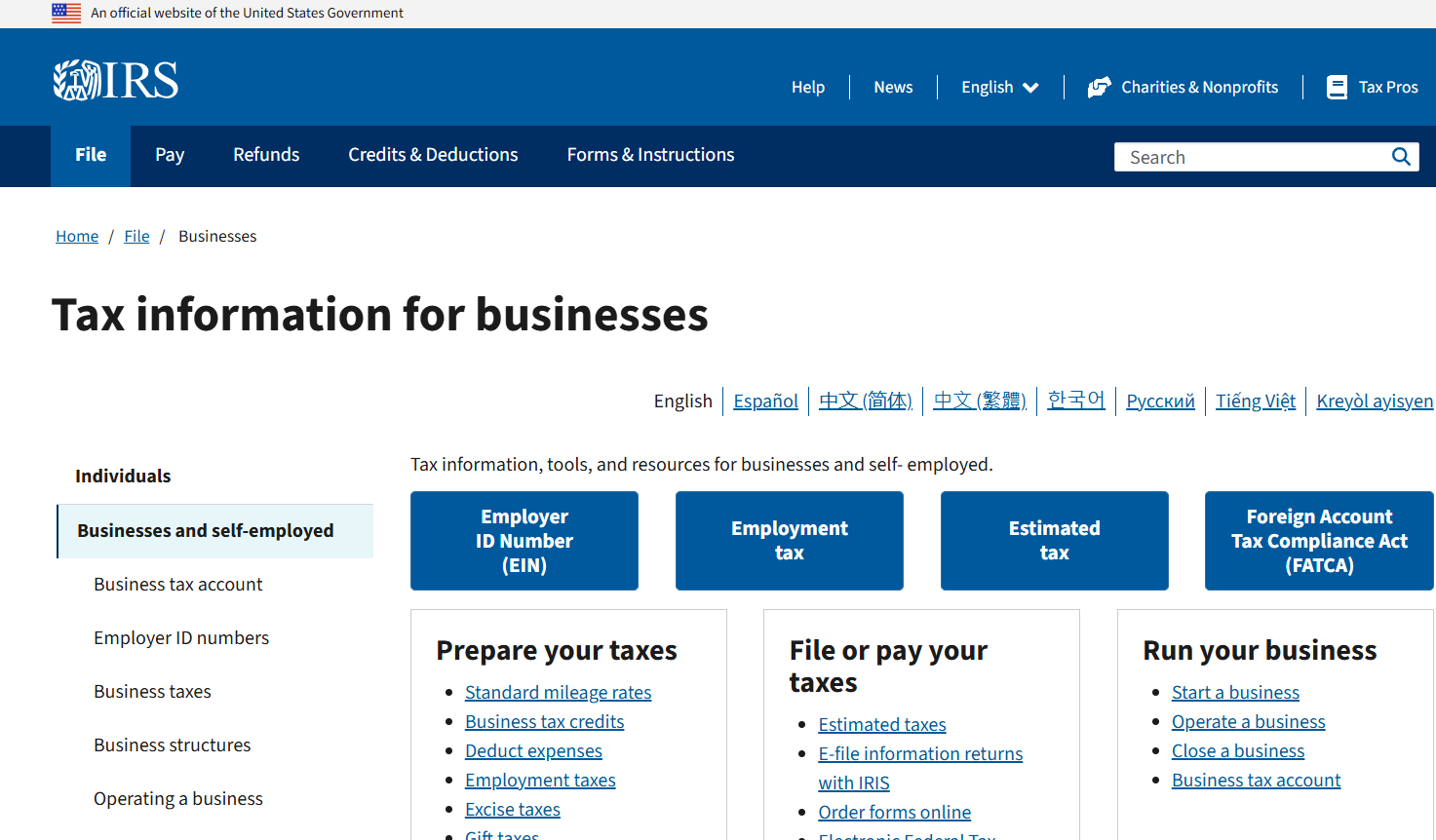Understanding the Corporate AMT (Alternative Minimum Tax)

by Gregory S. Dowell
Like individuals, corporations are also subject to an alternative minimum tax. Without planning or consideration, this tax can also become a trap for the unwary.
The corporate alternative minimum tax (“AMT”) is perhaps best understood as a separate and distinct method of taxation that runs parallel to the “regular” corporate income tax. Every corporation must calculate its tax burden under both the regular corporate income tax and the AMT, and pay the higher of the two. Just as with the individual AMT, the corporate AMT is intended to make sure that a corporation pays at least some minimum amount of tax by limiting or eliminating certain deductions, credits, and other tax preference items. As a result of these adjustments and limitations under this parallel system, a corporation determines its alternative minimum taxable income (“AMTI”), which is the first step in determining whether AMT is applicable for a given year.
In general, AMTI is taxable income, subject to a number of special adjustments. Some items, such as depreciation, pollution control facilities, depletion and intangible drilling costs, may be treated differently for AMT than for regular tax. In addition, most corporate taxpayers must include an adjusted current earnings (ACE) adjustment to AMTI. This adjustment increases AMTI for items excluded from regular tax such as tax-exempt interest, certain dividends received deductions, the difference between LIFO and FIFO inventory and a portion of the deferred gain on installment sales. The corporate AMT rate of 20% is then imposed on the AMTI, but only to the extent that AMTI exceeds an exemption amount of $40,000. The exemption amount of $40,000 is further subject to a phase-out as income increases; the exemption is reduced by 25% of the amount by which AMTI exceeds $150,000.
The corporate AMT generates a minimum tax credit for any AMT paid. This credit is used against regular tax (but limited by any AMT) where the taxpayer is paying regular tax. As a result, AMT is essentially a prepayment of regular tax. However, it may be years before the prepayment of AMT represented by the minimum tax credit is recoverable.
Certain “small” corporations are exempt from the AMT. These are corporations whose average annual gross receipts for all three-year periods beginning after 1993 and ending before the current year do not exceed $7.5 million. For the corporation’s first three-year period (or portion of a period), the limit is $5 million instead of $7.5 million.
Because this parallel tax system is always running in the background, the AMT greatly increases and complicates the recordkeeping, whether or not the corporation is currently exposed to the AMT. For example, there typically is different depreciation and a different basis in depreciable property for regular tax, AMTI, and ACE purposes. In addition, certain carryovers, such as foreign tax credits and net operating losses, will be different for regular tax and AMTI. In fact, a corporation that has net operating losses should regularly analyze their potential tax liabilities under the AMT. Finally, certain calculations for regular tax will have to be recalculated for AMTI (and ACE) based on differently treated items in the respective systems. For example, deductions based on income limitations, such as charitable contribution deductions, may be different for taxable income, AMTI, and ACE.
Some planning may help to limit the exposure to AMT but, most importantly, planning can take away the unpleasant surprise and will help to identify when a corporation can expect to be subject to the AMT.










